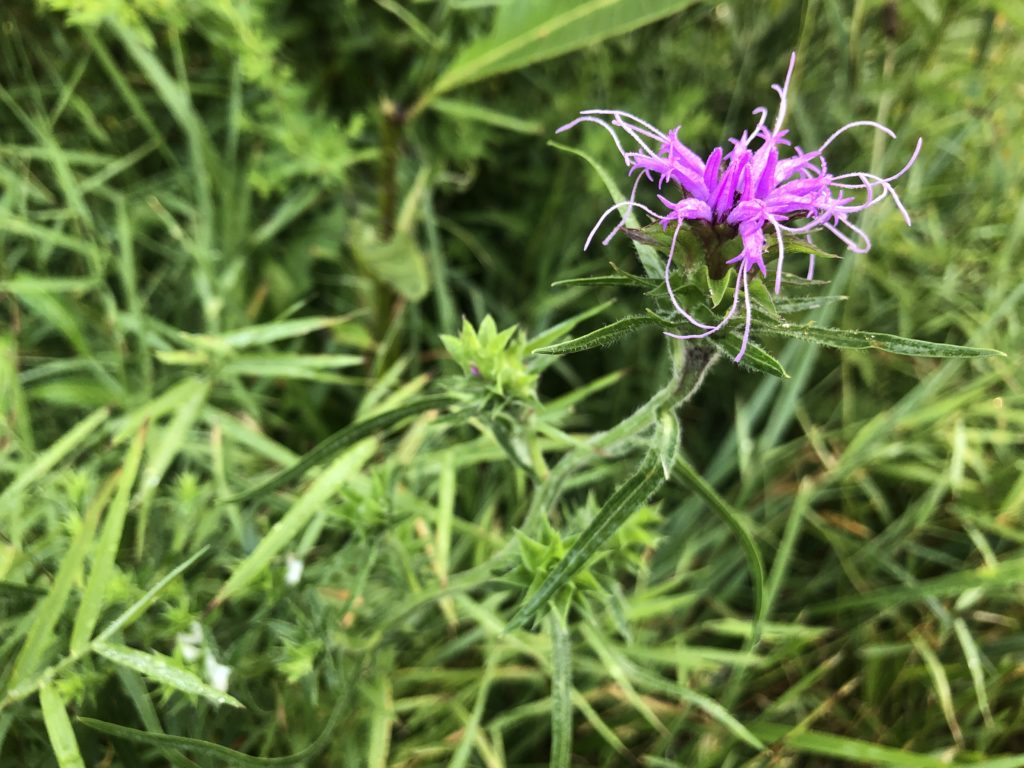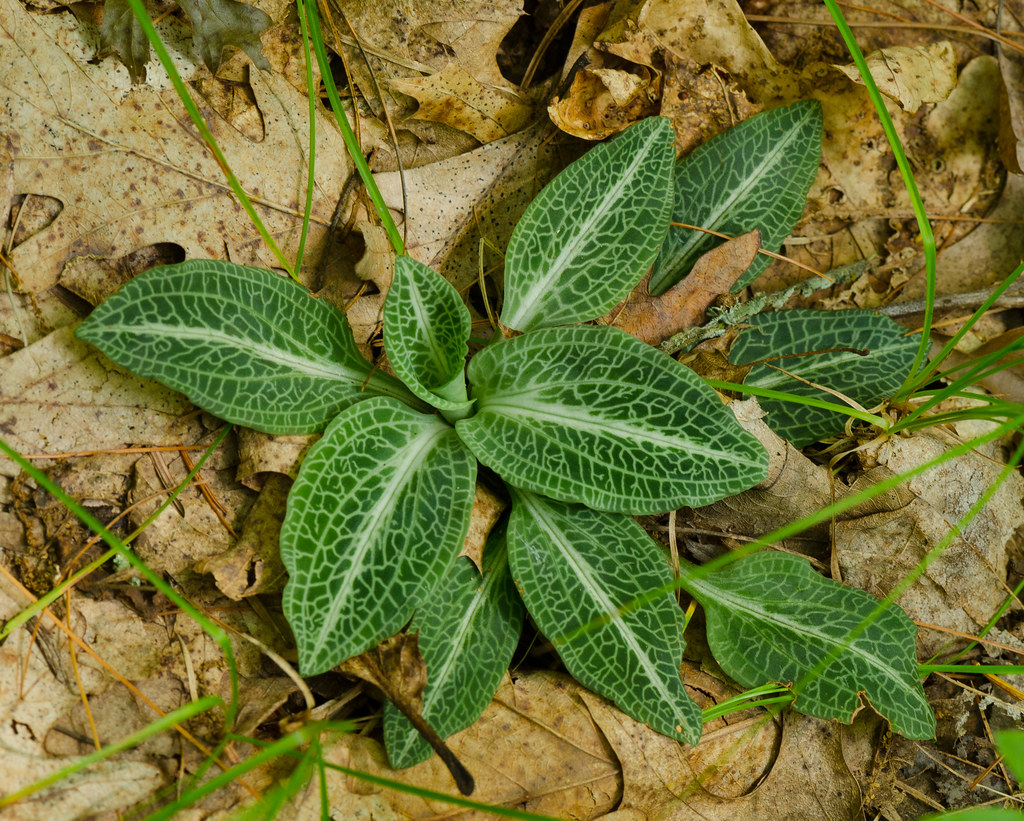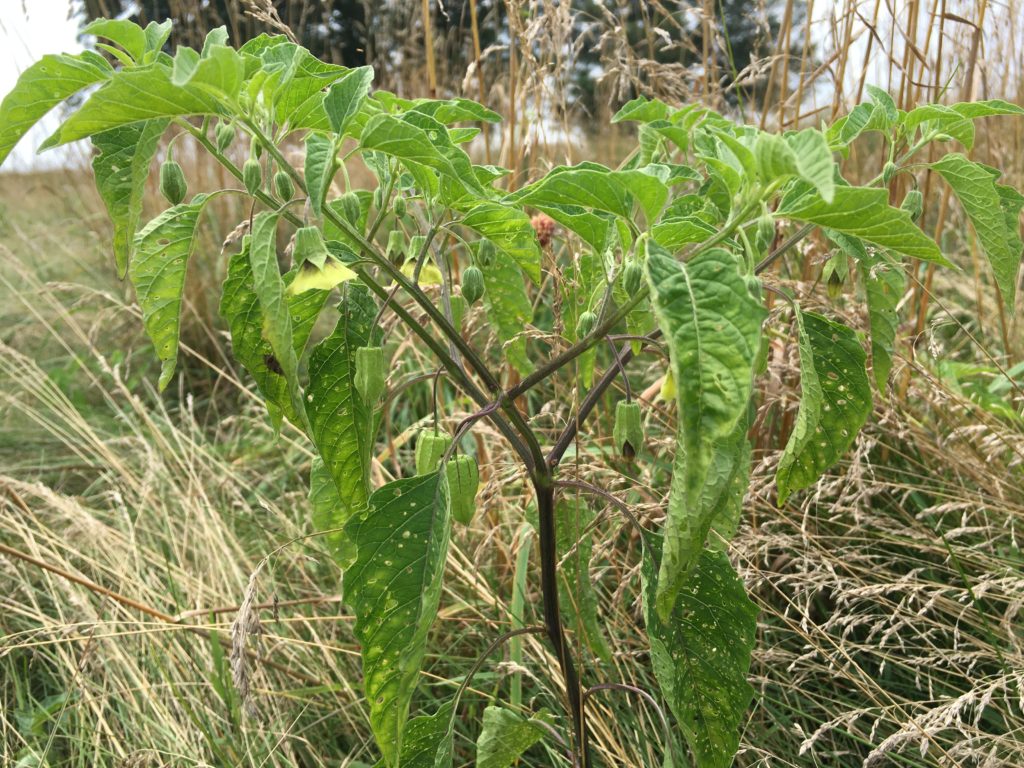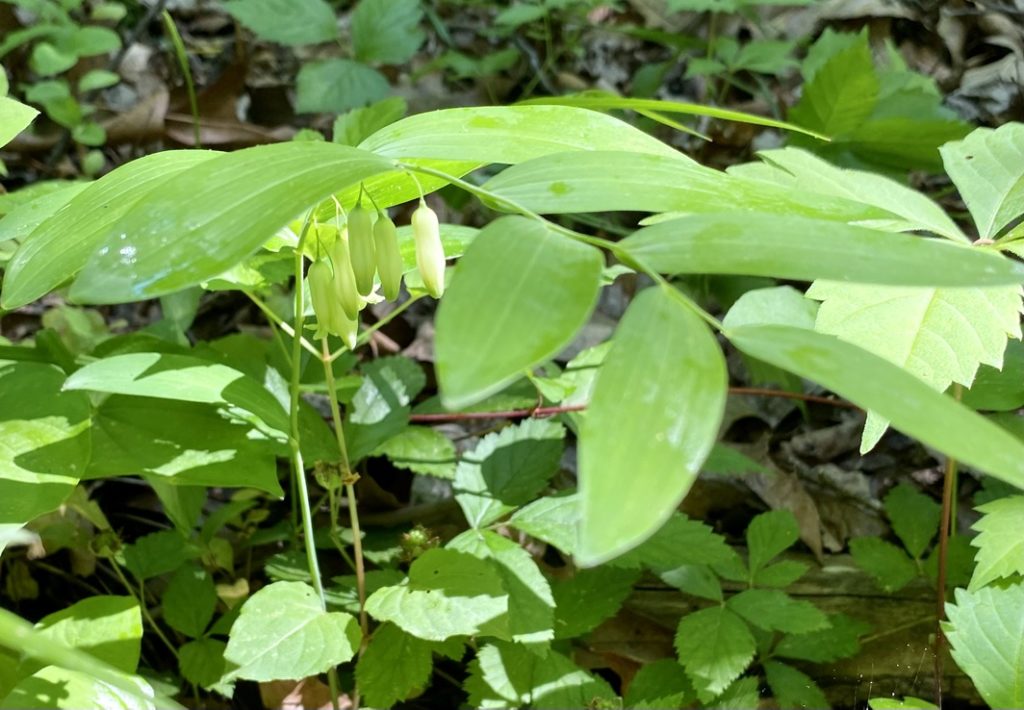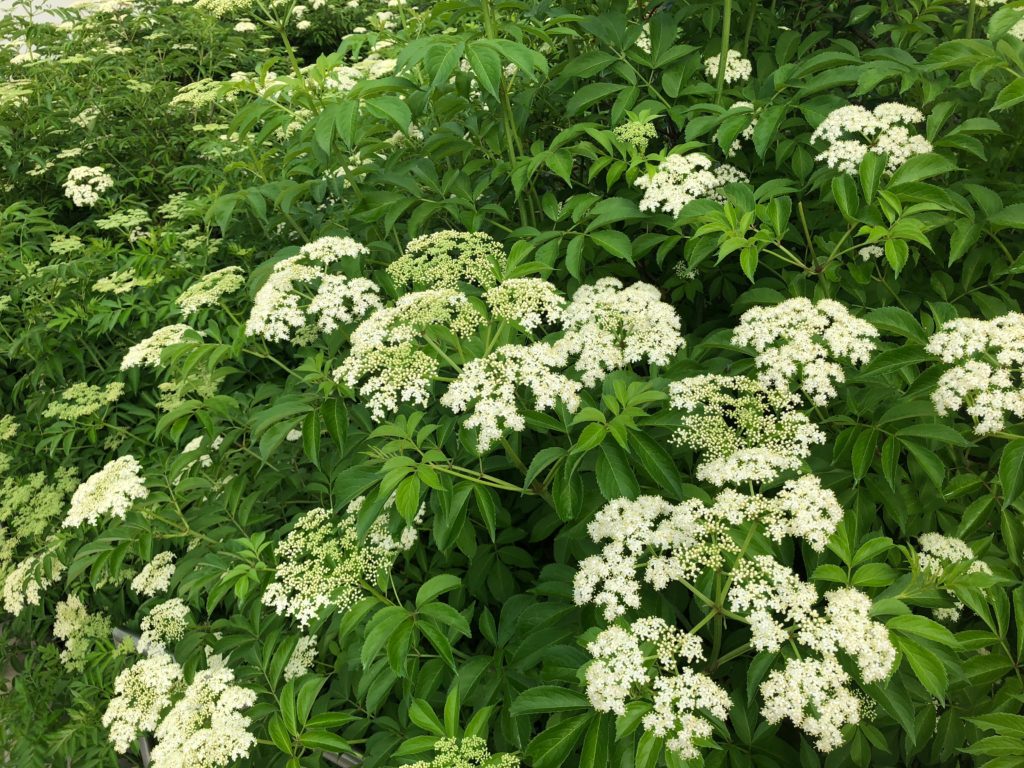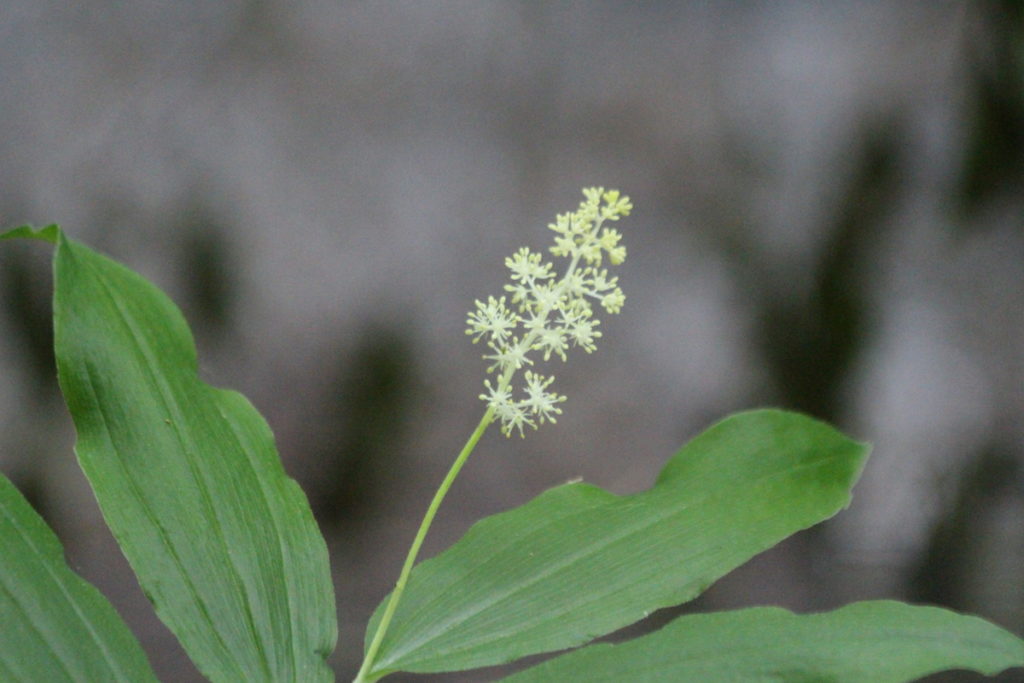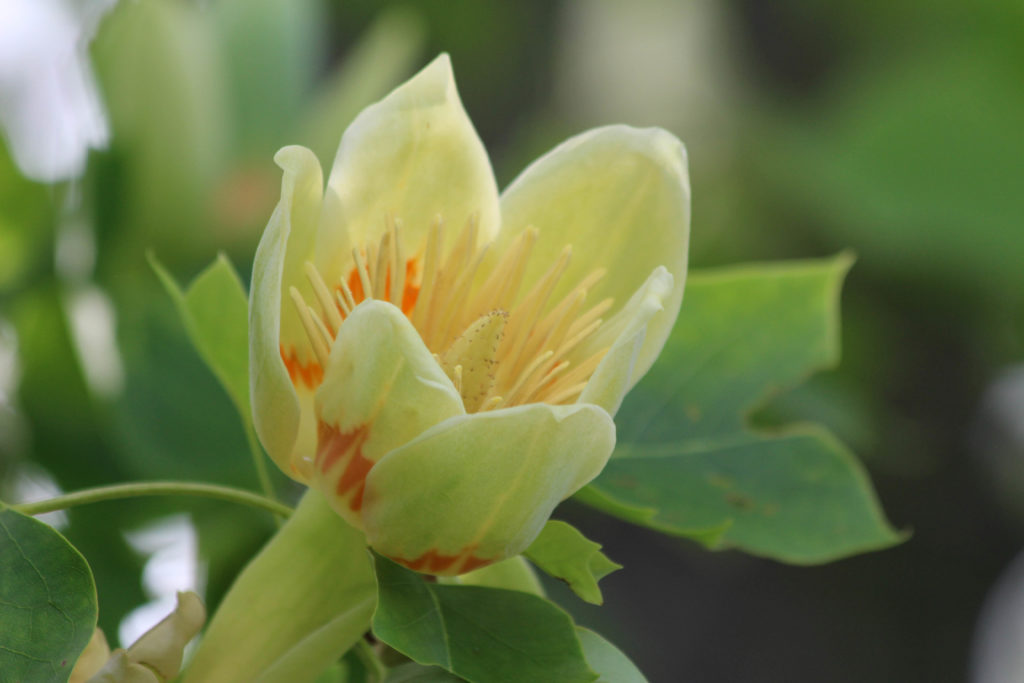August 8, 2021 Scaly Blazing Star (Liatris squarrosa) Scaly Blazing Star (Liatris squarrosa) is a perennial wildflower in the aster family with purple tuft-like flowers that are popular with botanists and pollinators alike. These flowers grow above large, square, overlapping bracts for which the plant is named. They grow on unbranched stems 1-3 feet tall with small alternate leaves. Scaly blazing star is native to dry, sunny habitats with rocky or sandy soils such as prairies, savannas, limestone and sandstone glades, and open woodlands. Populations of unplanted scaly blazing star can be indicators of high-quality native grasslands, as they thrive in dry soils […]
